Vellum Venom Vignette: “Brave New” Standard of the World?
I was both delighted and somewhat jealous to hear that our very own Grace Houghton got a coveted sneak peek at Cadillac’s new ultra-luxury flagship, the Celestiq. Seeing such a well crafted machine in the flesh had to be exciting, as I reckon 2D renderings don’t do it justice. After all, this is a vehicle with a critical task: to reinvigorate the Cadillac brand for the future. Some of us are eager to see what comes of this brave new world, while others, well, fear it’s more of a Brave New World situation.

The Cadillac Celestiq is a luxury halo car we haven’t seen from a Detroit automaker since the original Eldorado Brougham. They are truly shucking off the previous title held by the chauffeur driven heritage of the top-tier Fleetwood Series-75, reinventing the flagship as a more personalized mode of transport. The likes of Banacek best stay in the 1970s, while performance junkies seeking a 4-door Corvette should likely follow his way out the door. Cadillac is no longer interested in sticking with preconceived notions of luxury, nor are they interested in making grand touring vehicles worthy of John Delorean’s heyday at Pontiac.
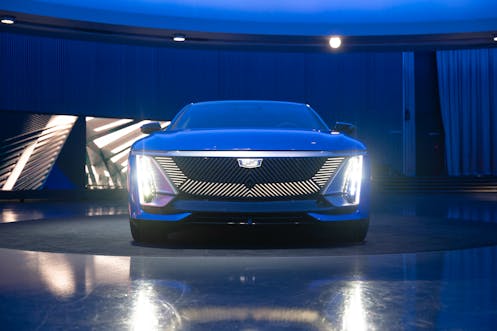
This, as it were, is Celestiq signaling Cadillac’s momentous return to greatness: a brave new Standard of the World … that’s a return in spirit to the old Standard of the World. Something that promises an ownership experience more on par with a Bugatti or Rolls-Royce than a BMW M5. Owners will design their own cars, in some kind of “American Veyron” fashion.
If that’s the case, the lines of the Celestiq have to appear as unique as the mission statement. But … did GM designers study Porsche’s turbulent history a little too much in the research phase?
What’s this?! A Cadillac resembling the Porsche 928 from the posterior? Remember that Porsche had its back against the wall when the 928 was penned in the early 1970s, and the company’s response was to go radical and attempt to broaden the brand’s appeal. While the 911 architecture ultimately both survived (and thrived), the only member of Cadillac’s current portfolio that may survive the brand’s electric future in some form is the stalwart Escalade.

Back to the design. The Celestiq luckily got the important bits (i.e. proportioning) correct. The space between the front wheel and the cowl (technical term: dash-to-axle) is suitably luxurious. The rear door and quarter windows sit right where they should be, slender compared to the Lucid Air‘s chubby appendages, and hanging perfectly above the rear wheel arch. Black trim panels are expertly used to speed up the body as it moves from A-pillar to rear bumper. The Celestiq is busy and challenging for sure, but everything is long, sleek, taut, and luxury-class appropriate.
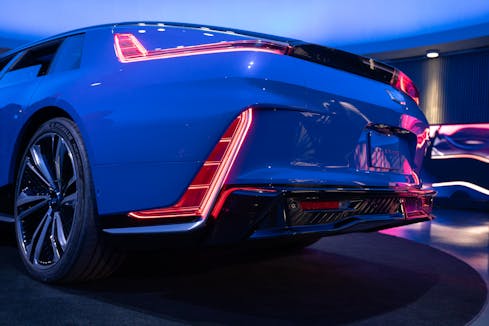
I’d argue this design is a fit for a new generation of luxury enthusiast too; new money rarely embraces the traditions of yore. Still, Cadillac’s signature lighting elements appear slammed into the elongated Celestiq with the subtlety of their once-hallmark tail fins. The sheer volume of red LED lighting inside the bumper is on par with a the stunning quarter panels of the ’59 Eldorado.

Given the shape of the side windows pictured above, you can see where Cadillac could have made a Fleetwood 75-homage with a formal roofline, capped at the quarter window. But no, designers opted instead for a futuristic space-pod look, which will questionably serve comfort-first customers perhaps unimpressed with a curved roofline at the expense of headroom. In fact, one wonders how designers and product planners stressed over what to do behind the C-pillar’s quarter window.

Here’s where it needs to be said that the Celestiq’s details are downright weird in some areas, at least as depicted in photos. The red tail/marker light truly begs for a window pane above it. Hard angles regularly, angrily fight for your attention with soft curves, as many components lack an organic transition to the next item. The best example of this might be the DLO’s angular demeanor on a body with subtle ripples and strong muscles.
By and large this is a successful design, despite some curious choices. The Celestiq is impressive, full of moonshot ambition and a degree of potential that we have not seen from an American luxury automaker in a long, long time. Will anyone shell out $300,000 for the privilege of owning one? We will find out in late 2023, when the first examples are built and go on sale.
But it won’t fail, as halo cars like the Celestiq are never made in volumes high enough to bankrupt the entire brand. Unless your brand is the 1956 Continental Mark II … if so, good luck in your future endeavors. More to the point, the details pictured above could make a Cadillac Cimarron worthy of top dollar considerations. Hyundai’s shockingly well received Grandeur Heritage is proof positive of my assertion, but as our own Grace Houghton said:
“Regular folks can’t even visualize their dreams on an online configurator, in part because there is no set list of paints, leathers, fabrics, or finishes: Each car will be bespoke, the result of one-on-one interaction between the automaker and the customer.”
Clearly we aren’t talking about a one-off Hyundai. Or a dead-end Continental. The Celestiq instead offers a potent combination: offering the EV market the opportunity for the customer to be the designer.
There are only so many McLarens, Rolls Royces, Maybachs, etc. that rich people can buy. Teslas become less and less of a luxury good with every Model 3 sold at a used car auction. There’s a sweet spot in the market that needs filling, and Cadillac is trying something new to fill it. They are, quite literally, becoming the American Veyron.
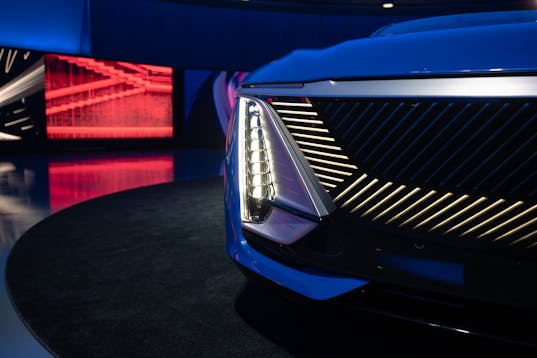
Even though we all have concerns about the Celestiq’s styling on our computer screens, the whole package truly warms my heart. I even envision a future akin to Bugatti’s foray into Hermès special editions. There are enough intended buyers for Bugatti, and the same is likely true for its newly-minted American counterpart … even if it would look better as a three-box sedan.
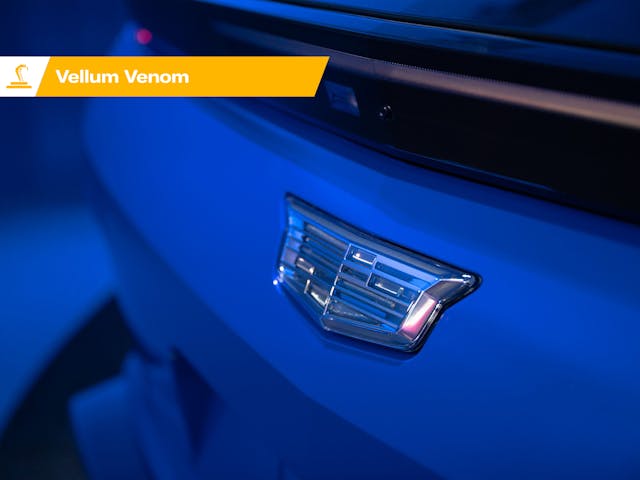
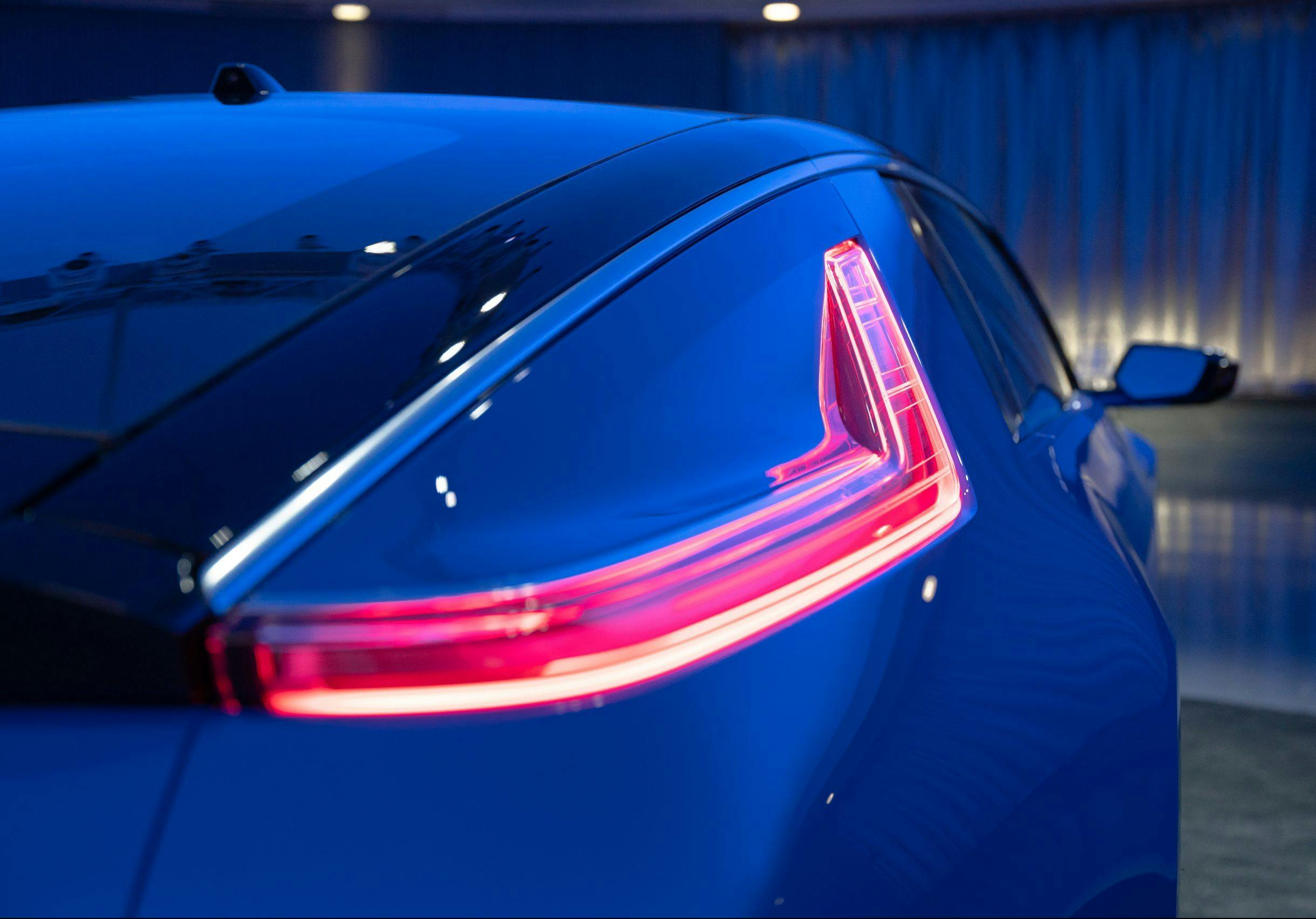
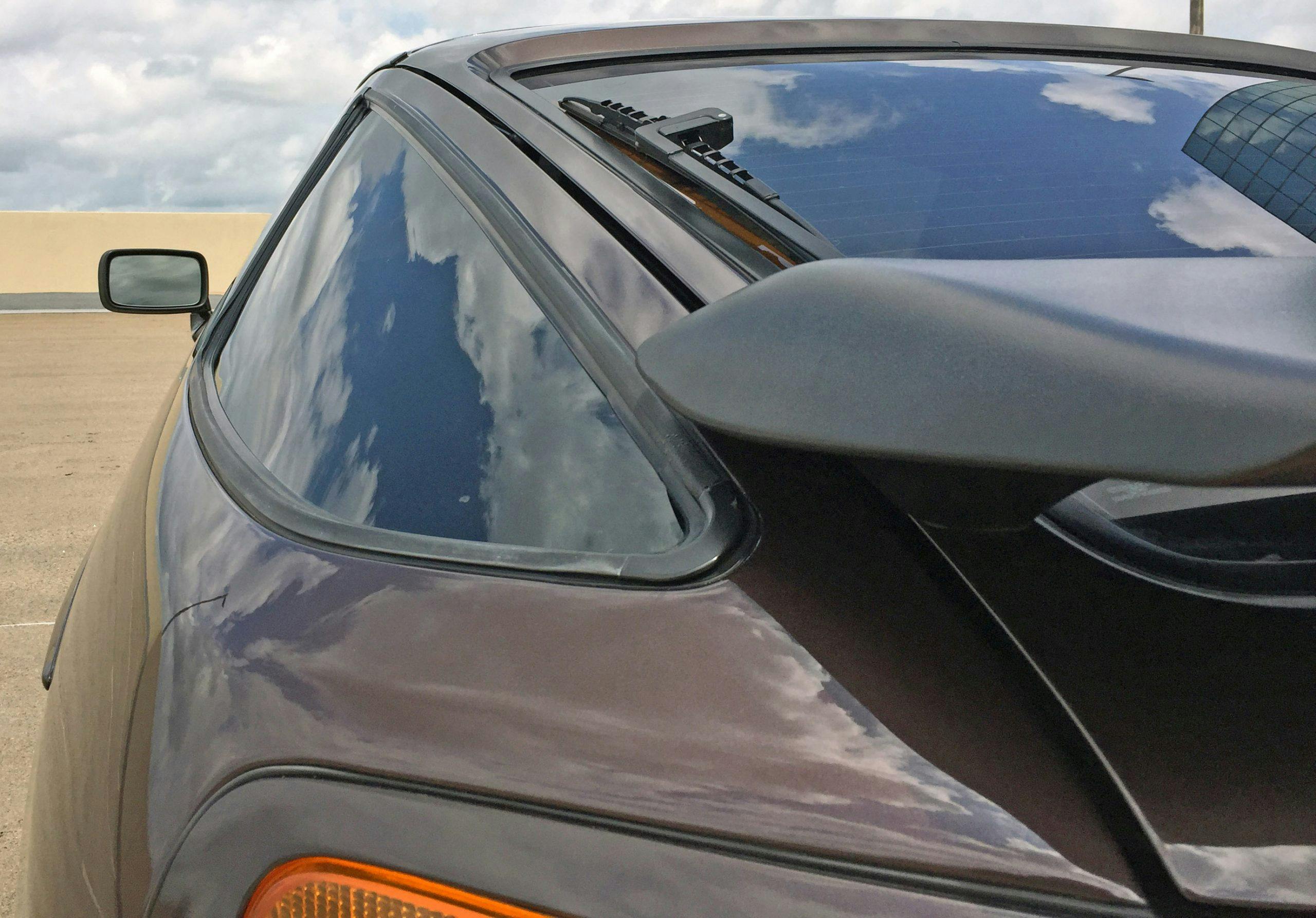
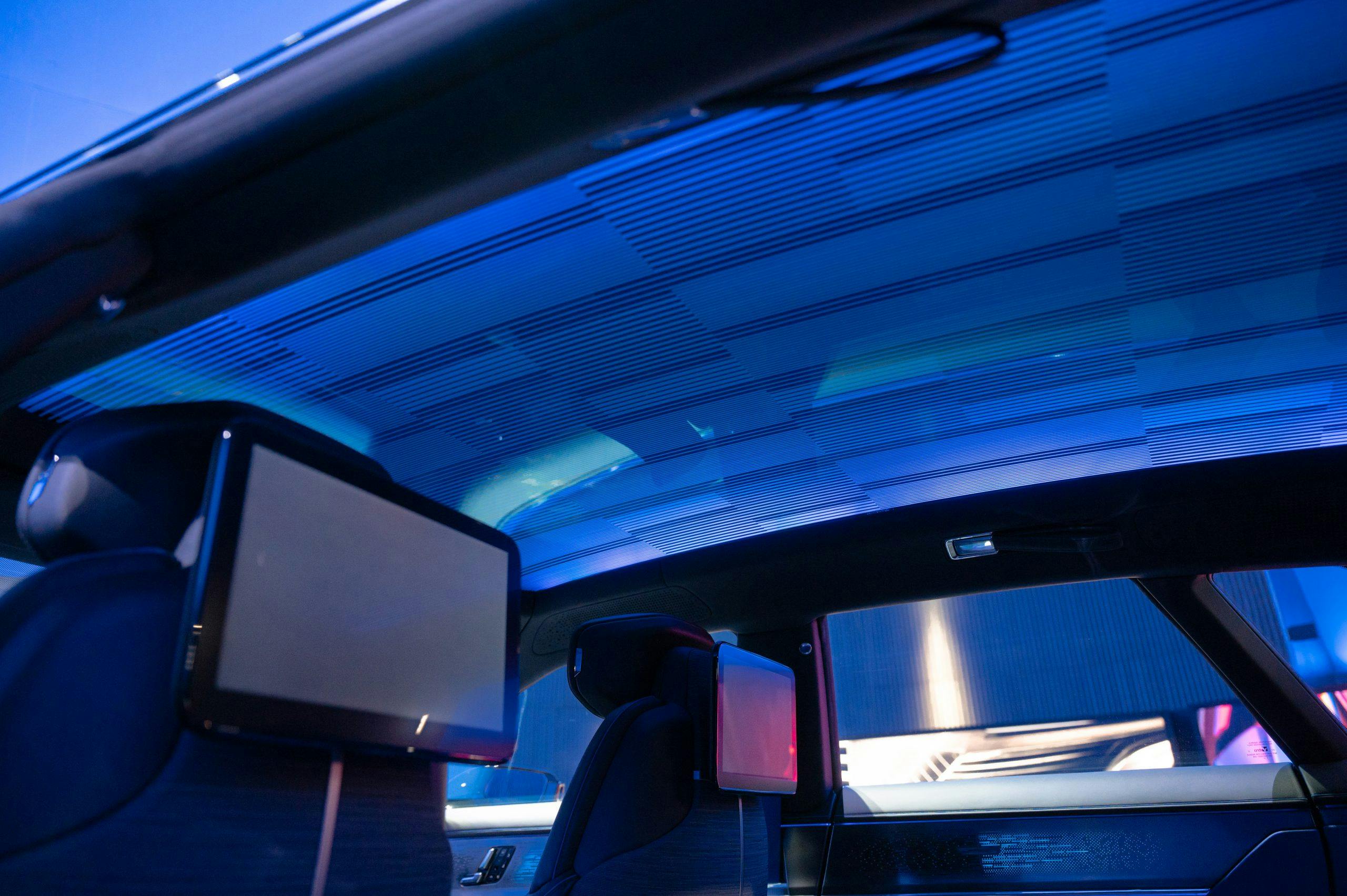

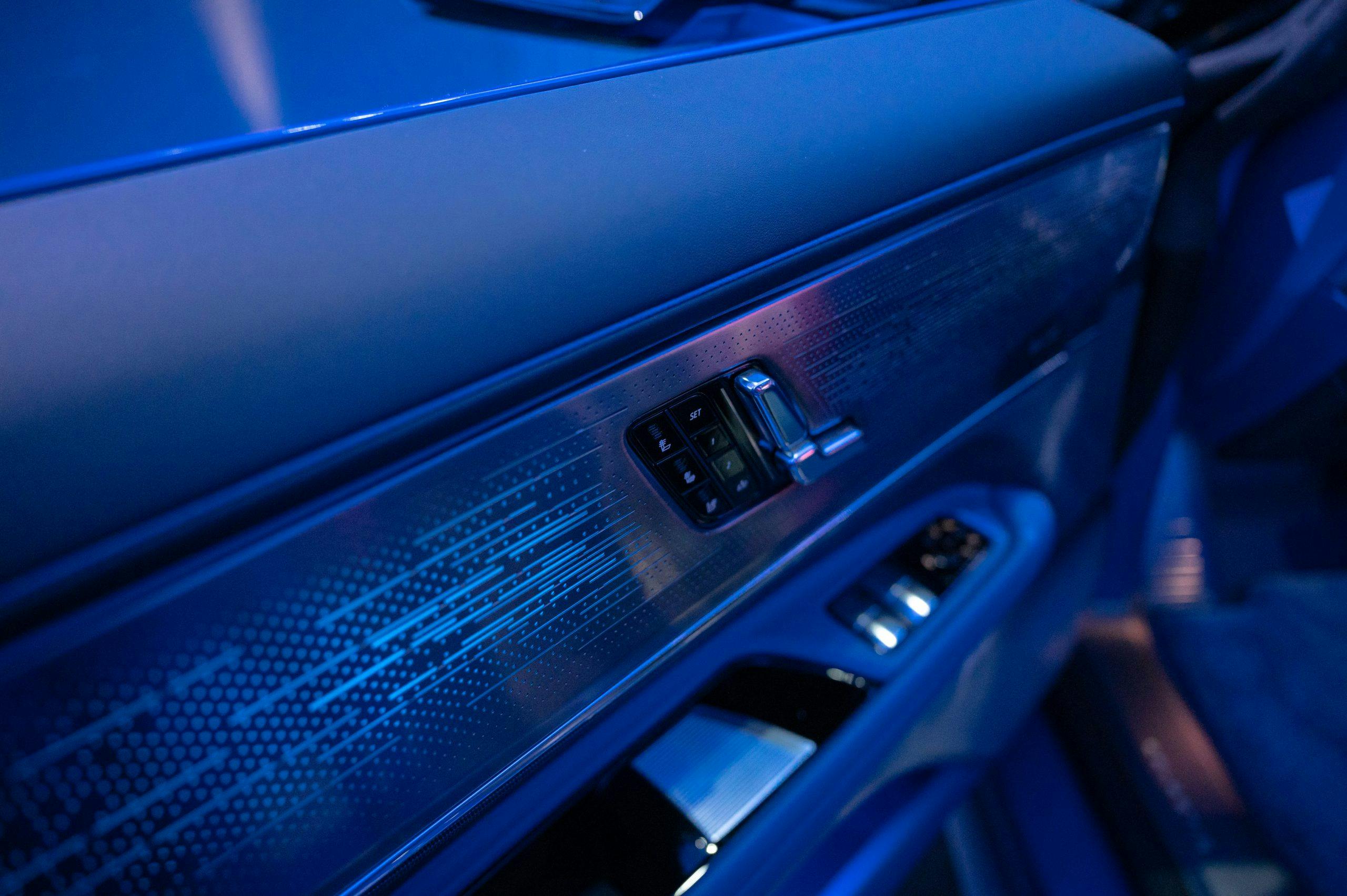
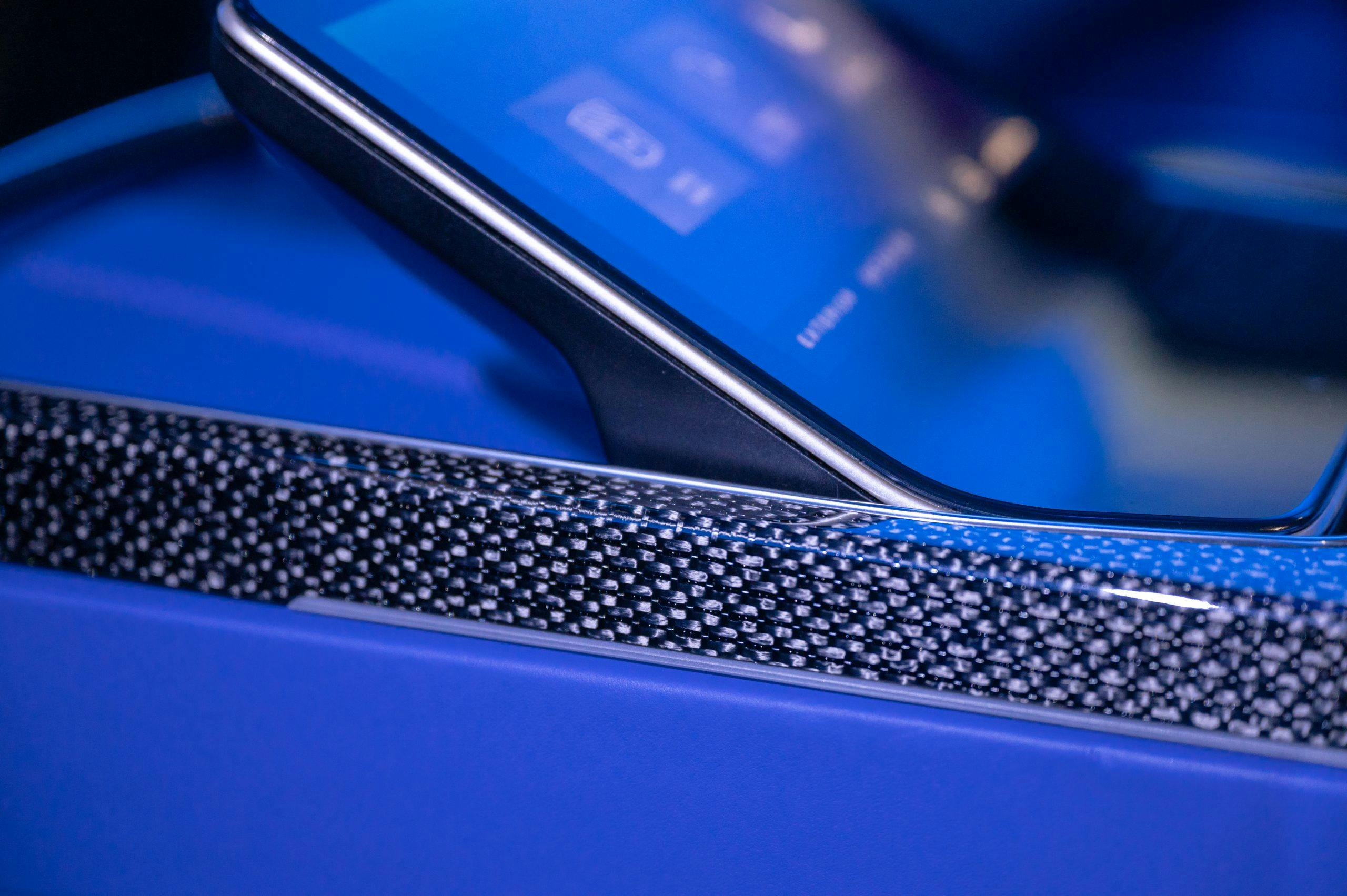
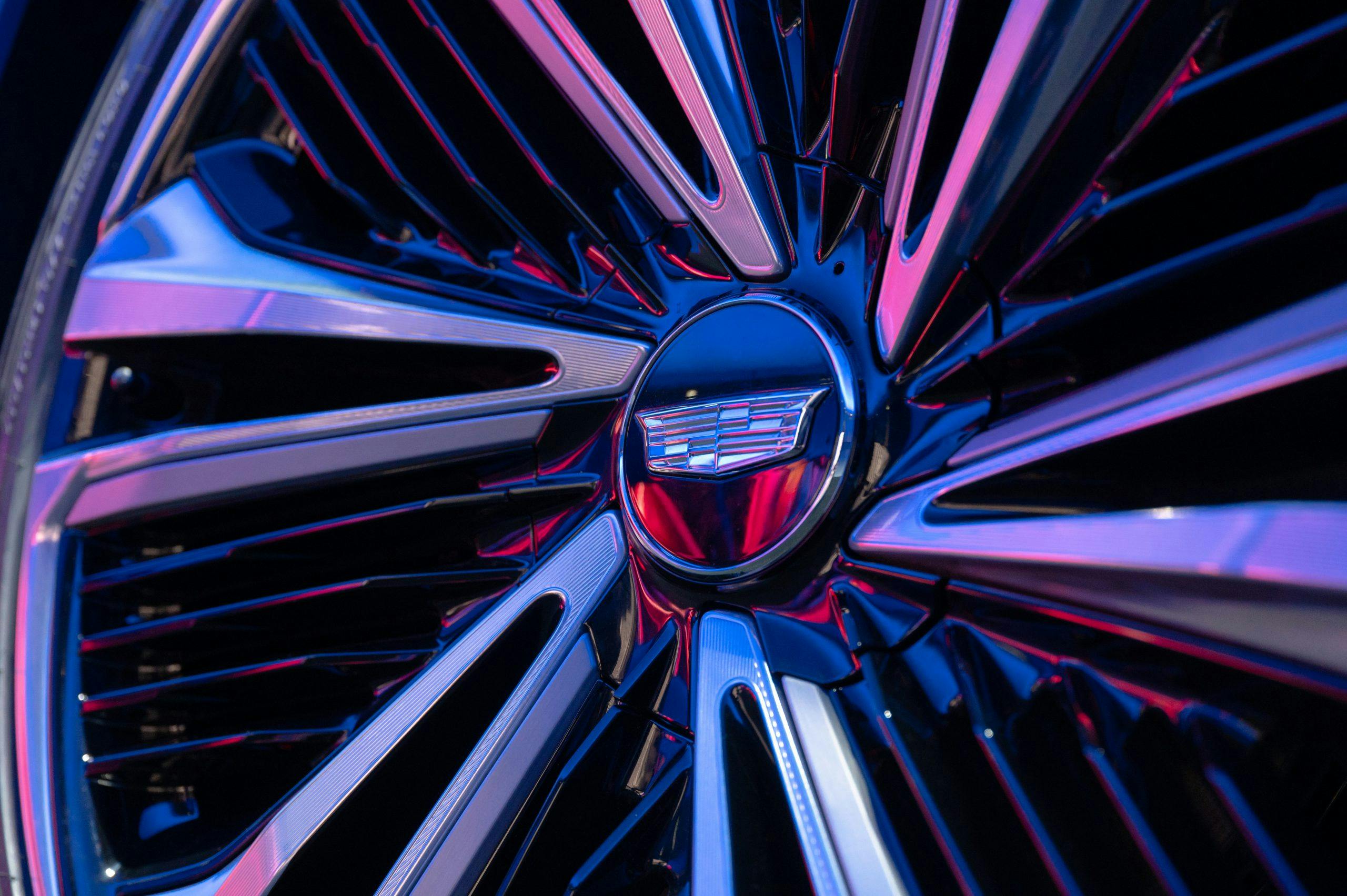
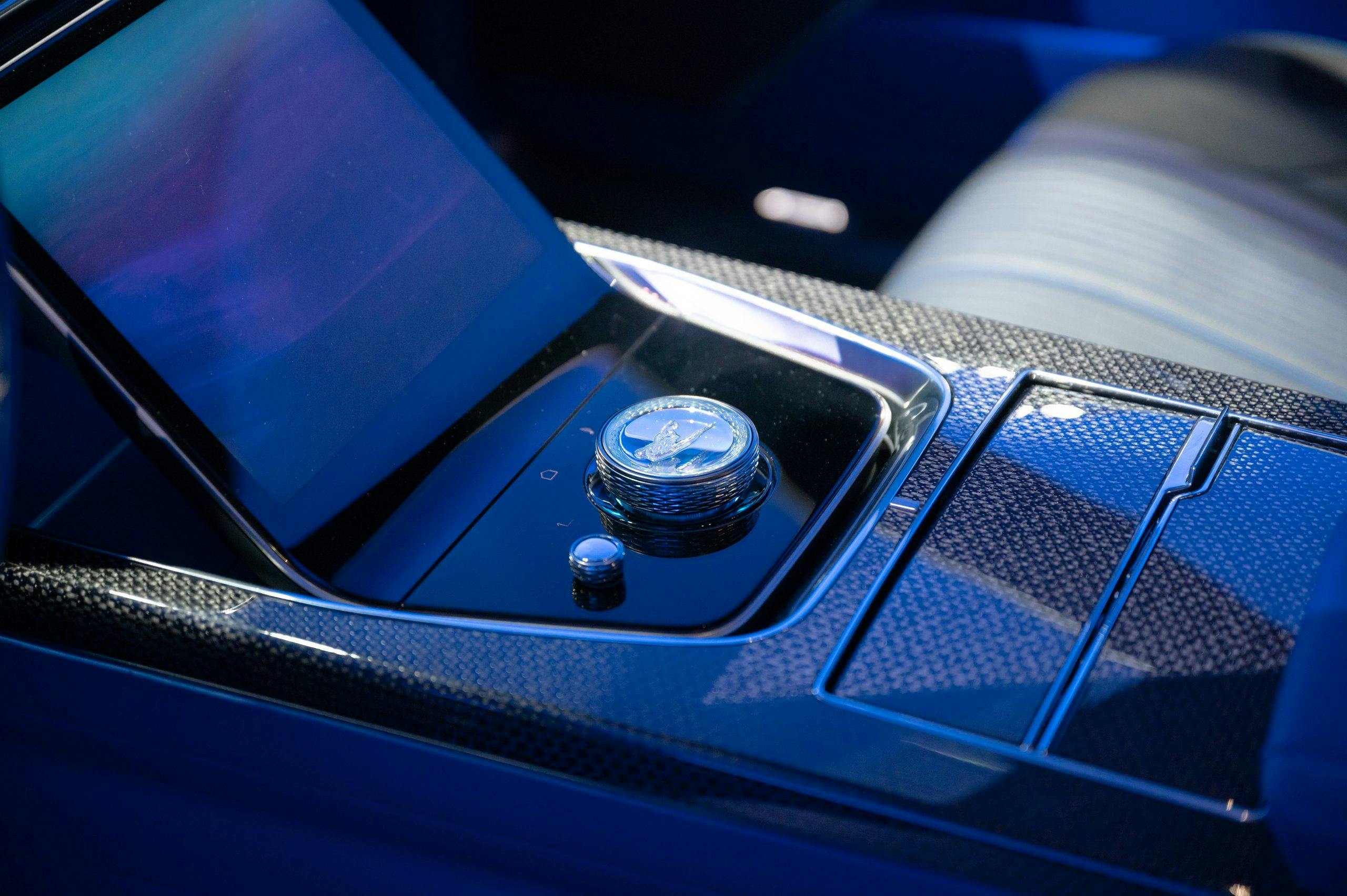


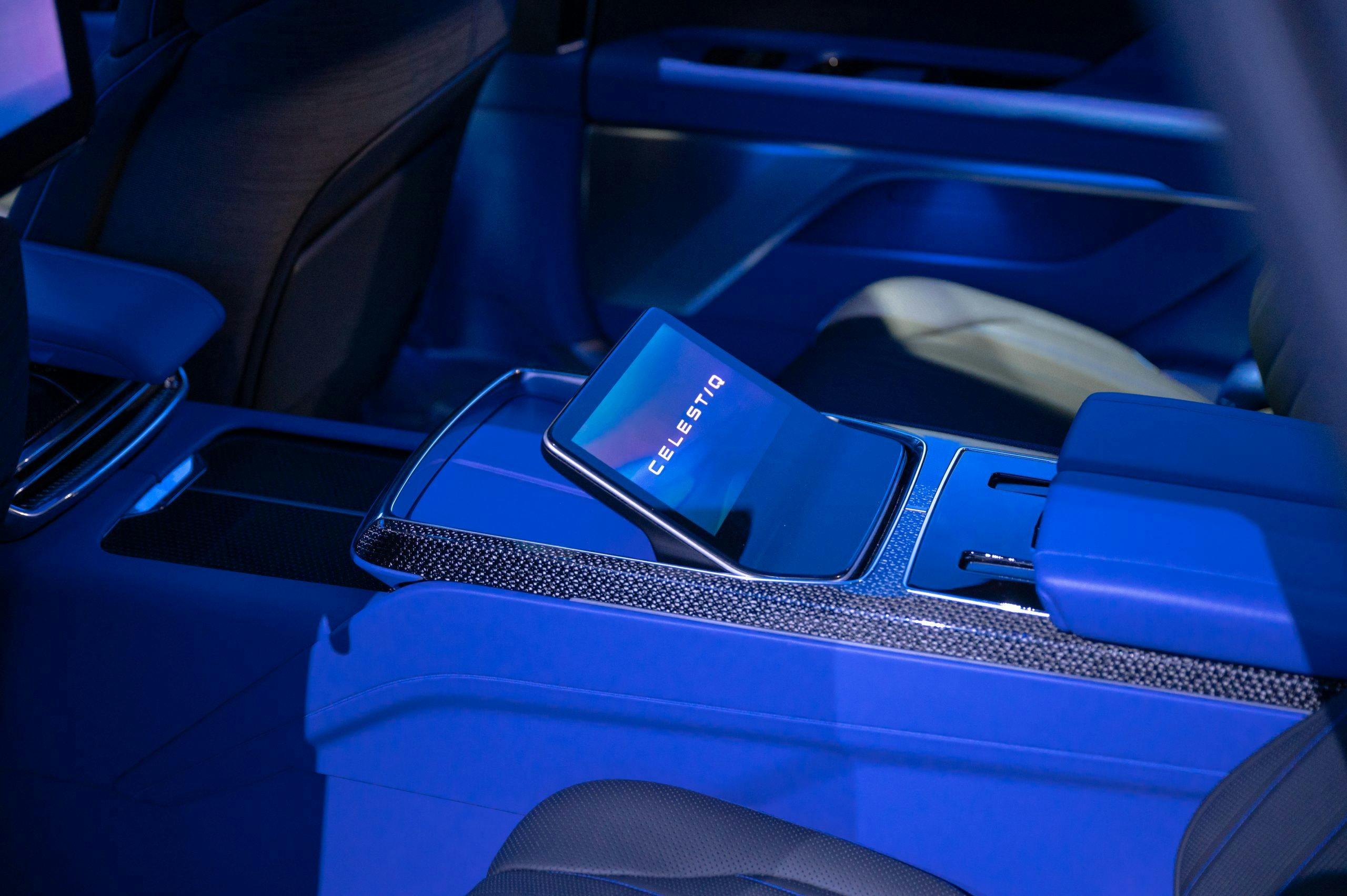

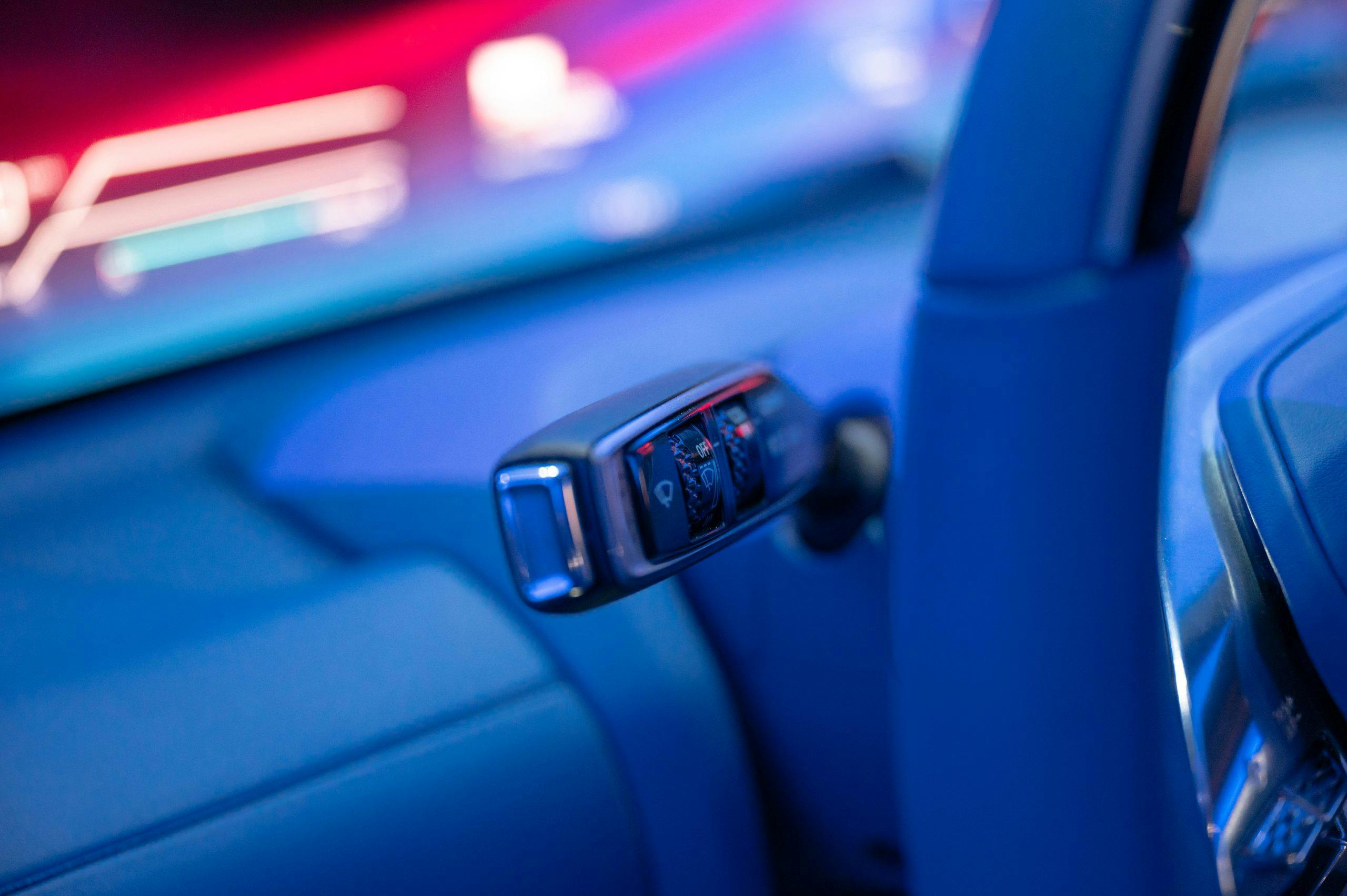
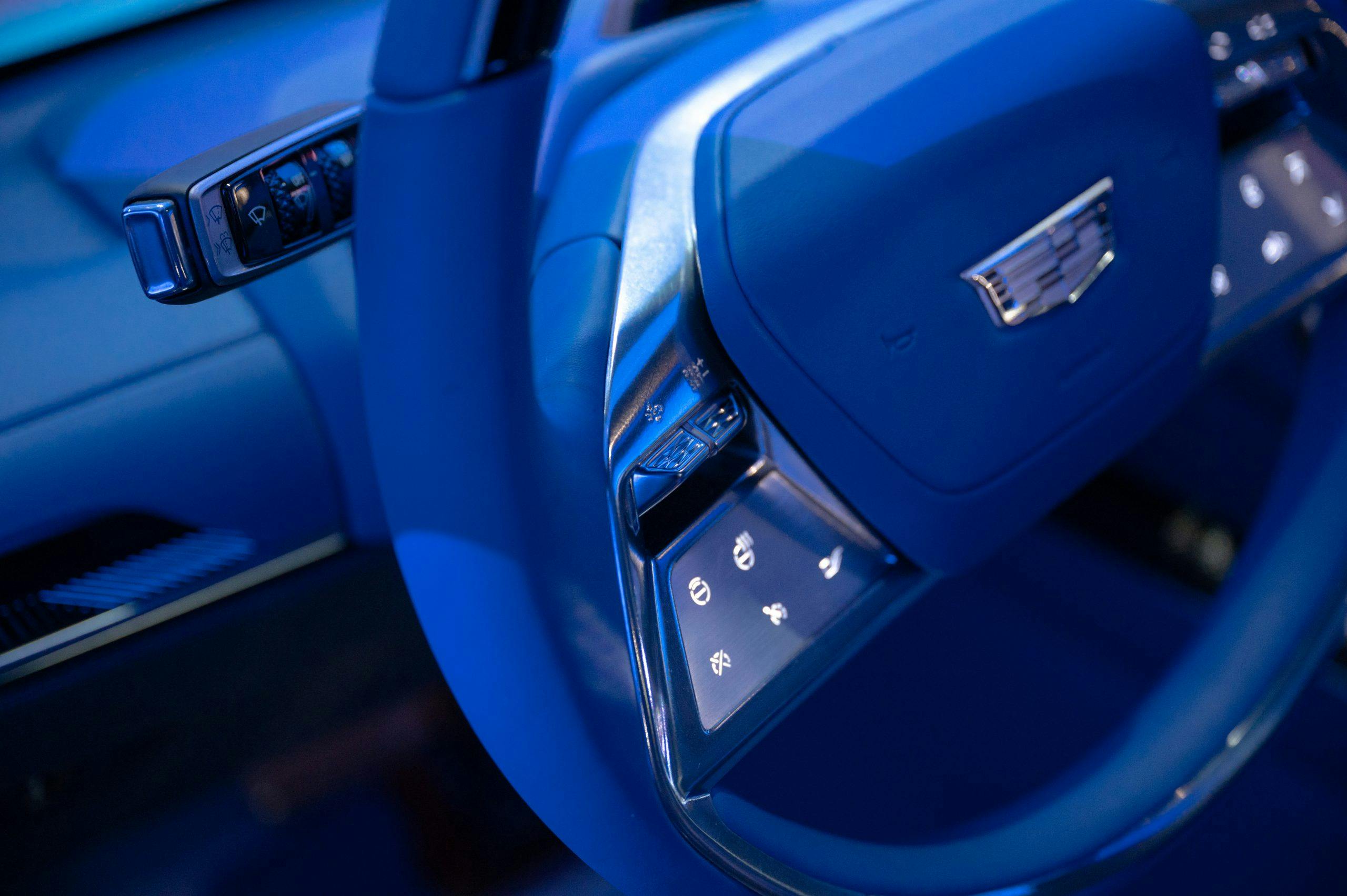
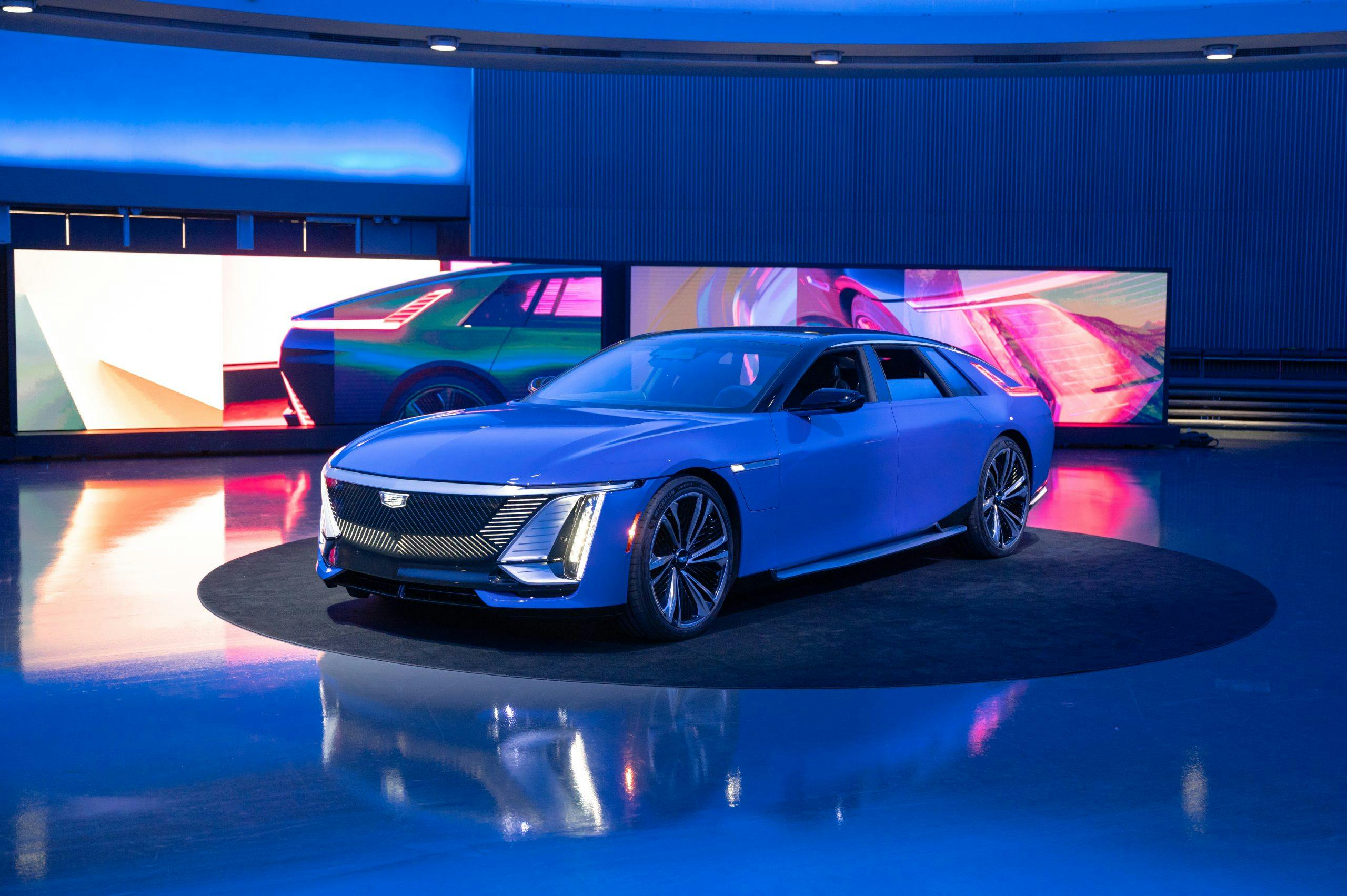



Put a 300 front end on a Magnum, spend $50k on the details.
Save the other $200k for something else… and have the better looking car than this Caddy.
I doubt 50k would get you a comparable interior, probably more like triple that at today’s parts and labor rates. You’re probably spending 10 grand just for the designer to render the Celestiq’s interior bits into a Magnum, but your point is still very interesting to me.
I thought very much the same thing: the profile photo shows a ridiculously-high beltline, like the Chrysler’s, and with a rear like a small station wagon being born.
This thing is simply too radical a departure. Cadillac HAS to charge $300k just to make ends meet.
Of course, I thought (and still do) that the Escalade was a monstrosity undeserving of a Cadillac badge.
See?
Beautiful awesome outstanding magnificent excellent courageous bravery. Cadillac keep fighting hard
Currently the Cadillac name doesn’t have the prestige to appeal to customers looking to drop 300 large. Unfortunately, it is not obvious the Celestiq has the wow factor to change that.
Currently the Cadillac name doesn’t have the prestige to appeal to customers looking to drop 300 large. Unfortunately, it is not obvious the Celestiq has the wow factor to change that.
Only bespoke thing I want is the badging to say “Cadillaq”
Fabulous as only Cadillac can be!! They lost it for a while but i’s BACK!!!
Is the Cadillac badge held in high-enough esteem to be able to pull this one off? From an outsider’s perspective Down Under, I can’t see anyone choosing this over a Rolls, especially if they were at a similar price-point. Does the badge have the clout?
This reminds me somewhat (on a more expensive level) of Volkswagen’s attempt with the Phaeton – the VW badge didn’t/couldn’t justify the price, as good as the car was.
I know that this won’t bankrupt the brand, but I assume they’d still have a break-even target?The point of a halo car is to generate interest and foot traffic to that brand, and hopefully get someone into a “lesser” offering right? But is there anyone who’d look at the Celestiq and think they’d like a Lyriq insteaq?
Anyway, from somewhere that Cadillac hasn’t been officially sold in nearly 80 years, I could be talking out of my butt.